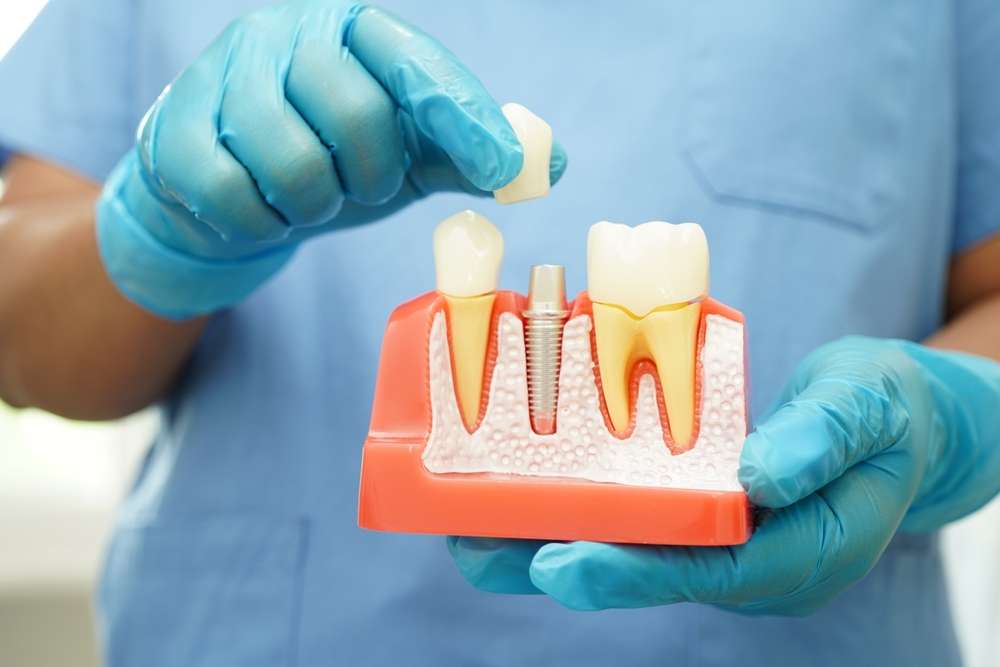Are Screwless Dental Implants the Future of Tooth Replacement in Your Country?
The world of dental implants is evolving — and screwless technology may become the next big step forward. Offering more comfort, better aesthetics, and fewer complications than traditional screw-retained systems, these implants are transforming what patients expect from restorative dentistry. But what makes them different, and are they the right choice for you?Missing teeth can significantly impact your quality of life, affecting everything from eating and speaking to confidence and oral health. While traditional dental implants have been the gold standard for decades, newer technologies are emerging that promise to improve the patient experience. Screwless dental implants are one such innovation, designed to address some of the limitations associated with conventional implant systems. As these alternatives gain attention, many people wonder whether they represent a meaningful advancement in restorative dentistry.

Screwless dental implants are gaining interest among clinicians and patients for their friction-fit or conometric connections that avoid a visible screw access channel. While the surgical foundation resembles conventional implants, the way the prosthetic crown attaches—and how the system is maintained—can differ. In Canada, these options are increasingly available through specialist practices and some general clinics with implant training, though suitability and outcomes depend on careful case selection.
What are screwless implants and how do they work?
Screwless dental implants typically use one of two approaches. The first is a conometric or friction-fit connection between an implant abutment and a matching coping, creating a precise taper lock that holds the crown without a retaining screw. Systems such as locking-taper designs aim to minimize micro-movement at the junction. The second approach involves one-piece implants—often ceramic—where the abutment is part of the implant and the restoration is cemented. In both cases, the goal is a secure, retrievable (for certain conometric systems) or stable (for one-piece designs) connection that avoids a screw channel through the crown.
How is the procedure different from traditional implants?
Surgical steps—planning with CBCT imaging, implant placement, and healing—are similar. Differences arise during the restorative phase. With screw-retained restorations, the crown or prosthesis is secured with a small screw torqued to specification, leaving a screw-access hole that is filled. With screwless options, the dentist may tap a conometric coping onto an abutment to achieve friction retention or cement a crown onto a prepared abutment. Chairside protocols change accordingly: precise fit, alignment, and cleanliness of the taper surfaces are critical, and cement management is essential for one-piece or cemented designs to avoid excess under the gumline.
What advantages do screwless implants offer?
By eliminating a screw access hole, screwless restorations can improve aesthetics and occlusal design, especially in front teeth. Friction-fit connections are designed to reduce screw-related complications such as loosening, and the precise taper may limit microgaps that can harbor plaque. Patients may experience fewer maintenance visits related to screw checks. Some systems allow controlled retrieval of the crown for hygiene or repairs without accessing a tiny screw. However, trade‑offs exist: certain designs can be more technique‑sensitive, retrieval may still require special tools, and one-piece implants demand accurate implant angulation from the outset.
Who is the best candidate for screwless implants?
Good candidates typically have healthy gums, sufficient bone volume, and stable bite forces. Single-tooth gaps in the aesthetic zone may benefit from the cleaner look of a crown without a screw channel. Patients who clench or grind may still be eligible, but the clinician will evaluate forces and may recommend occlusal guards. One-piece ceramic options can appeal to those seeking metal‑free materials, though not every site is suitable. Systemic factors—such as smoking, diabetes control, or medications affecting bone—must be reviewed. A consultation with an implant-trained dentist or specialist in your area will determine whether screwless retention meets the functional and maintenance needs of the case.
How much do screwless implants cost in Canada?
In Canada, a single screwless implant restoration commonly falls in the range of about CAD $4,200 to $7,000 per tooth when combining the implant, abutment, and crown, with ceramic or advanced components sometimes higher. Fees vary by city, clinician expertise, system used, and complexity. Additional procedures—CBCT scans, grafting or sinus lifts, temporary crowns, surgical guides, or sedation—add to the total. Public health plans typically exclude elective implant treatment, and private benefits may classify implants under major restorative with annual maximums. Confirm details with local services in your area.
| Product/Service | Provider | Cost Estimation |
|---|---|---|
| Single screwless implant with conometric crown | Clinics using Dentsply Sirona Acuris | CAD $4,500–$7,000 per tooth |
| Locking‑taper (screwless) abutment on titanium implant | Clinics using Bicon system | CAD $4,200–$6,800 per tooth |
| One‑piece ceramic implant (cemented crown) | Clinics using SDS Swiss Dental Solutions | CAD $5,500–$8,000 per tooth |
| Full‑arch fixed bridge on conometric abutments (per arch) | Select specialist clinics (Canada) | CAD $20,000–$35,000 per arch |
Prices, rates, or cost estimates mentioned in this article are based on the latest available information but may change over time. Independent research is advised before making financial decisions.
This article is for informational purposes only and should not be considered medical advice. Please consult a qualified healthcare professional for personalized guidance and treatment.
In summary, screwless dental implants are a credible evolution in implant prosthetics rather than a wholesale replacement for traditional screw‑retained methods. Their value lies in thoughtful selection: cases that benefit from improved aesthetics, simplified maintenance relative to screws, or metal‑free materials may see clear advantages. For others, conventional screw‑retained designs remain practical and highly successful. A careful assessment of anatomy, bite forces, hygiene access, and long‑term maintenance—carried out by a qualified Canadian provider—will determine which approach is most suitable for durable, comfortable tooth replacement.




